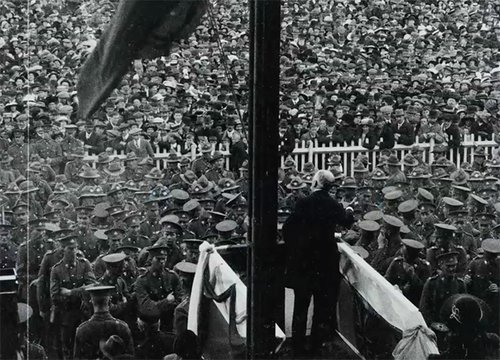
By the Standards department, Ngā Taonga Sound & Vision
It’s become a given that with every decade comes new technologies to both preserve and view audiovisual records – most recently, everything from 2K or (4K or 8K) scanners to HDTV and streaming video have presented archives with difficult (yet exciting) challenges. As a field devoted to preserving titles to the highest possible standard for years to come, and making high-quality copies of material available to a wide audience, what this means is that our work is never done.
Given the volume of Ngā Taonga Sound & Vision’s vast collection (over 800,000 items and counting!) and the time-consuming and costly nature of audiovisual preservation, unfortunately it isn’t realistic to think that we can immediately preserve and make available everything in our collection. Sometimes all we can do is conserve the items, keeping them in the best possible condition to allow future generations of archivists and conservators to do their work.
Occasionally, however, certain events come along that give us the chance to devote a large swath of attention to preserving a particular segment of the collection. With the WWI centenary upon us, we had just such an opportunity to address Ngā Taonga Sound & Vision’s unique collection of original film material from the period.
Take for example a 1914 film shot at Dunedin’s Tahuna Park, documenting the Otago Expeditionary Force’s departure for the front (reference #F1147). In its previous incarnation as the New Zealand Film Archive, Ngā Taonga Sound & Vision had preserved the original nitrate print on 35mm safety film in 1984. This created a stable record of the artifact before any decomposition could occur, and as they were taken from the only surviving copy of the film, these elements were the highest quality film-to-film copies possible.
However, although they were preserved to the highest standard, outside of the occasional 35mm screening, the only copies available for public viewing were made using now out-of-date film-to-video transfer processes.
In 2014 the Ngā Taonga Sound & Vision film preservation team revisited the original nitrate print (luckily still in good condition!) in order to create new high-resolution scans that both preserve as much detail as possible from the original element, and provide a high-quality source for new digital copies. This new version of the film is now available to view online here – and by comparison here are a few shots comparing the two generations:

Before
Old copy, made using a now out-of-date film-to-video transfer process.

After
New scan from the original nitrate print.

Before
Old copy, made using a now out-of-date film-to-video transfer process.

After
New scan from the original nitrate print.

Before
Old copy, made using a now out-of-date film-to-video transfer process.

After
New scan from the original nitrate print.
Not only is more of the image visible on each side, the high-resolution of the new scan also means many more details can now be seen. The audience in the grandstand and the crowds of soldiers are now made up of individuals, rather than faceless masses. The speaker’s expression can be discerned as he addresses the assembled men, many of whom would soon find themselves in Gallipoli, and their likely already-worried families, who would be holding down the home front in their absence.
Ensuring the long-term survival of such valuable cultural records, and making these kinds of details visible to a modern audience can be a surprisingly humbling experience. As audiovisual archivists and conservators we are always grateful for the opportunity to do our part with regards to these amazing objects that capture and reflect our world in the way that only audiovisual materials can.
Hero image: screengrab from F1147 [Otago Expeditionary Force. Section 1], 1914.